Tourist-friendly road signs ahead of Tokyo Olympics
The 2020 Tokyo Olympic and Paralympic Games are guaranteed to bring a huge flood of tourists into the city, and the Ministry of Land, Infrastructure, Transport and Tourism (MLIT) wants to make sure things don’t get too out of hand. One way they’re doing that is by making the road signs easier to understand for visitors.
Glance around at some of the signs throughout the capital and you’ll notice that a lot of them have English next to the Japanese. However, sometimes this isn’t enough to get the meaning across.
The MLIT is looking to make five major changes:
1. Clearer English
Manseibashi is a bridge located on the southern tip of Akihabara. The thing is, unless you know that the Japanese character for bashi means ‘bridge’, you won’t realise that the name is referring to a bridge. To remedy this, the new signs will read ‘Manseibashi Bridge’.
2. Tags on route numbers
A lot of tourists find Japanese road names confusing when the numbers aren’t included. The fact that some names change depending on the location really doesn’t help. To prevent confusion, all road signs will include a number to make identification easier, such as ‘305 Meiji-dori Ave’.
3. Recognisable icons and distinctive colouring on signs
When a lot of place names are included on a single sign, famous landmarks will have icons added next to them so that tourists immediately recognise what they are. For example, Tokyo Station will have a train icon next to it. The background colour will be changed as well to make the letters stand out more.
4. Navigation-friendly intersections
At major intersections, in addition to displaying the name and route number of the intersecting roads, the destinations will be written in big letters so that travellers know exactly where they’re headed. No more getting lost because you forgot to make a turn 5km back!
5. Pedestrian signs that make sense
Don’t worry fellow pedestrians, the MLIT hasn’t forgotten about you! Despite all of the English signs scattered throughout the city, a lot of tourists simply have no idea what they mean. Do any of you know what Shinjukugyoen is? To avoid such confusion, the MLIT is going to change it to ‘Shinjuku Gyoen National Garden’. We can already hear the sighs of relief.
So there you have it. These changes are slated to go into effect in the areas around the Olympic Stadium, Akihabara, Ginza, Tokyo Skytree, strategic locations around Haneda Airport and a whole host of tourist sites.
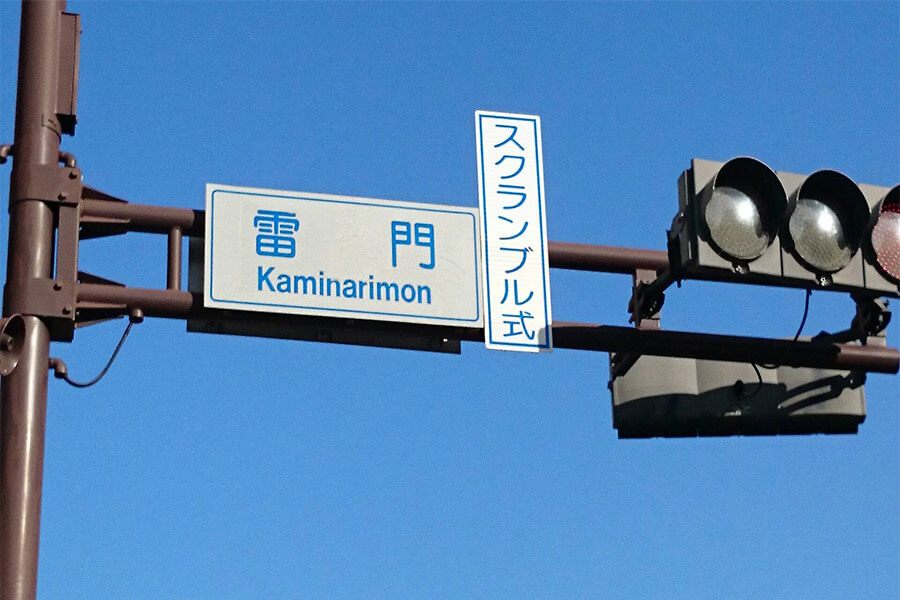
Credit: Kaoru Omiya
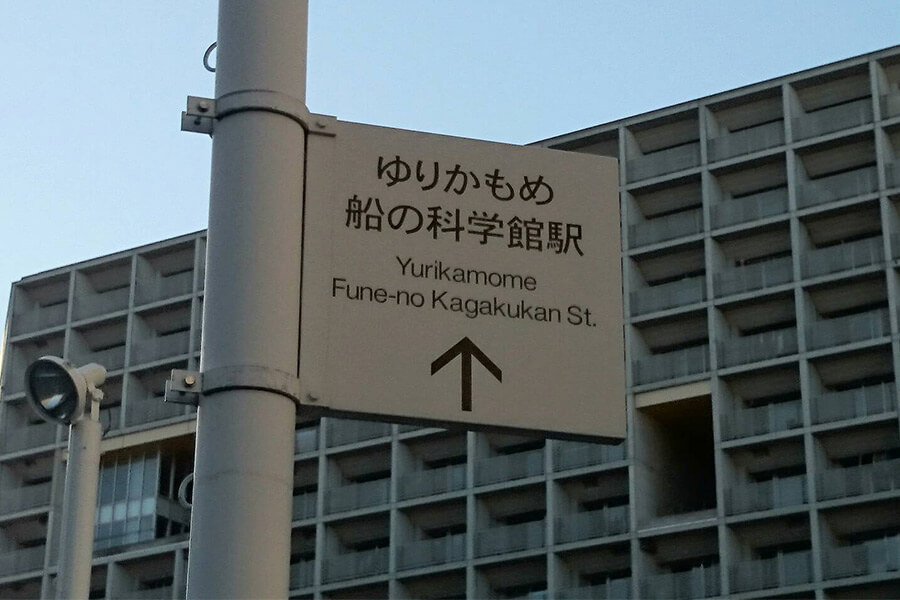
Credit: Kaoru Omiya
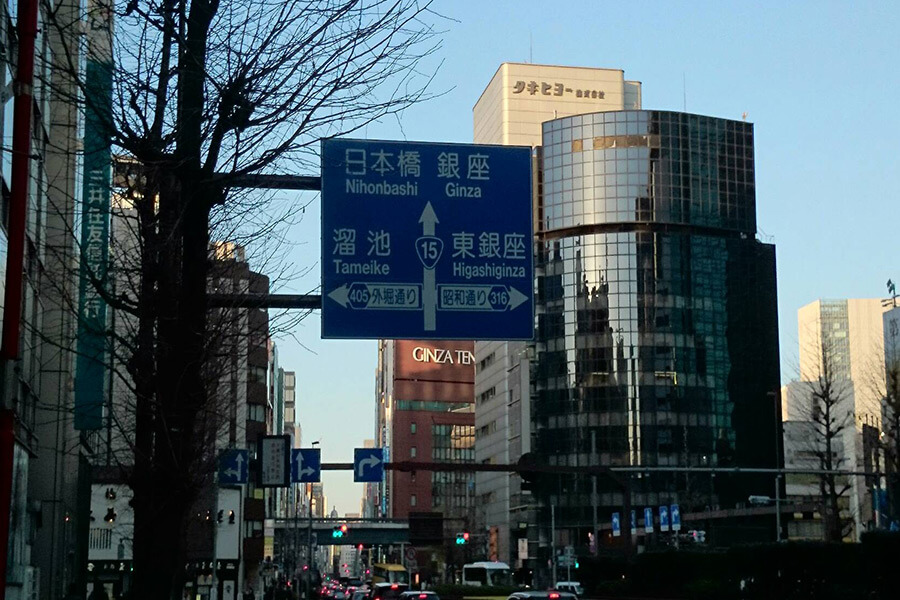
Credit: Kaoru Omiya
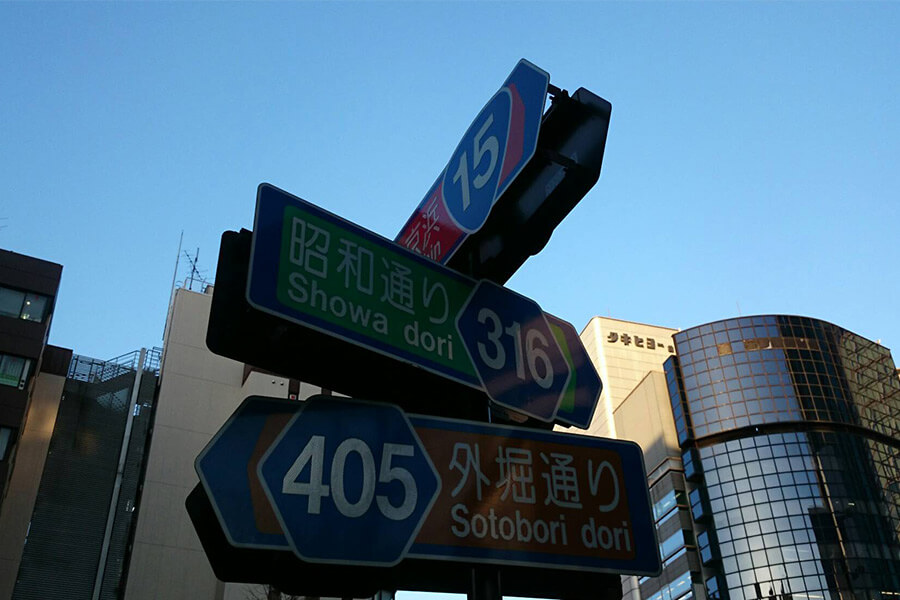
Credit: Kaoru Omiya
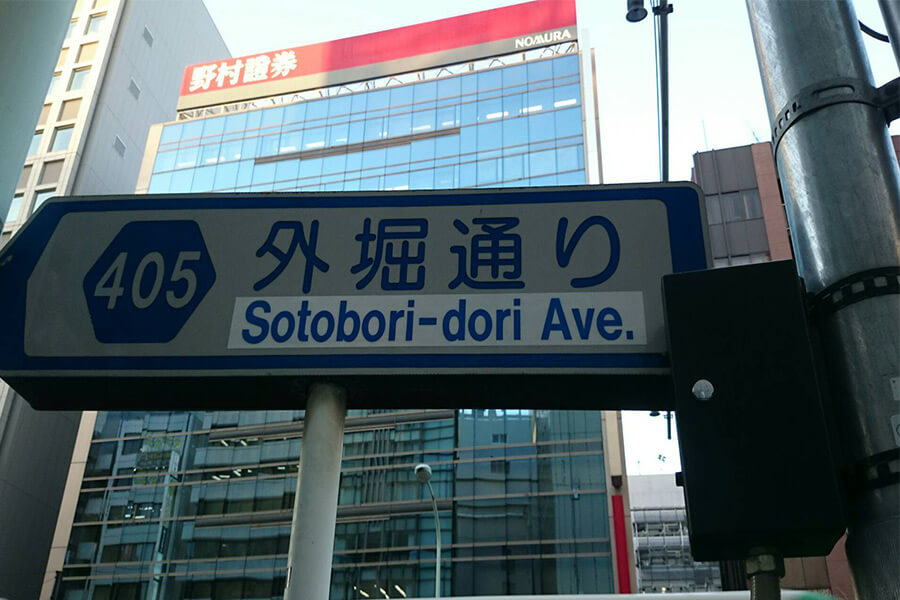
Credit: Kaoru Omiya
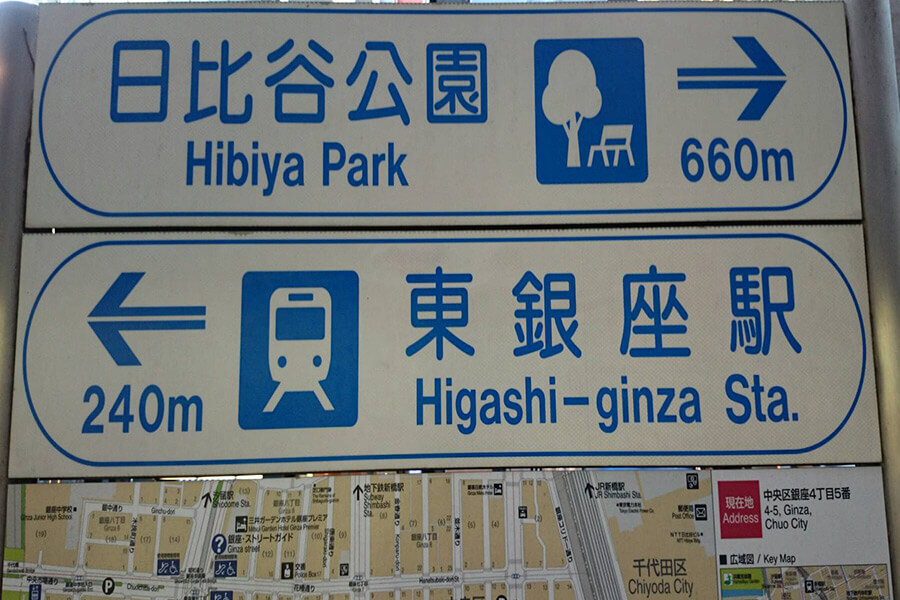
Credit: Kaoru Omiya